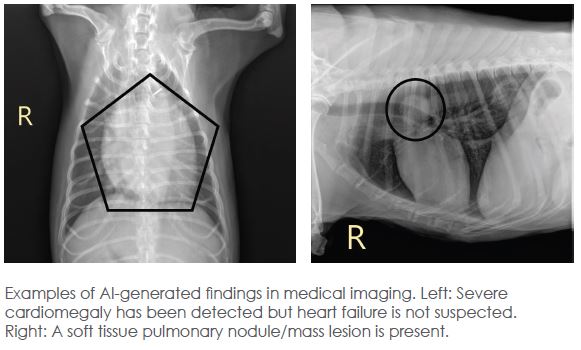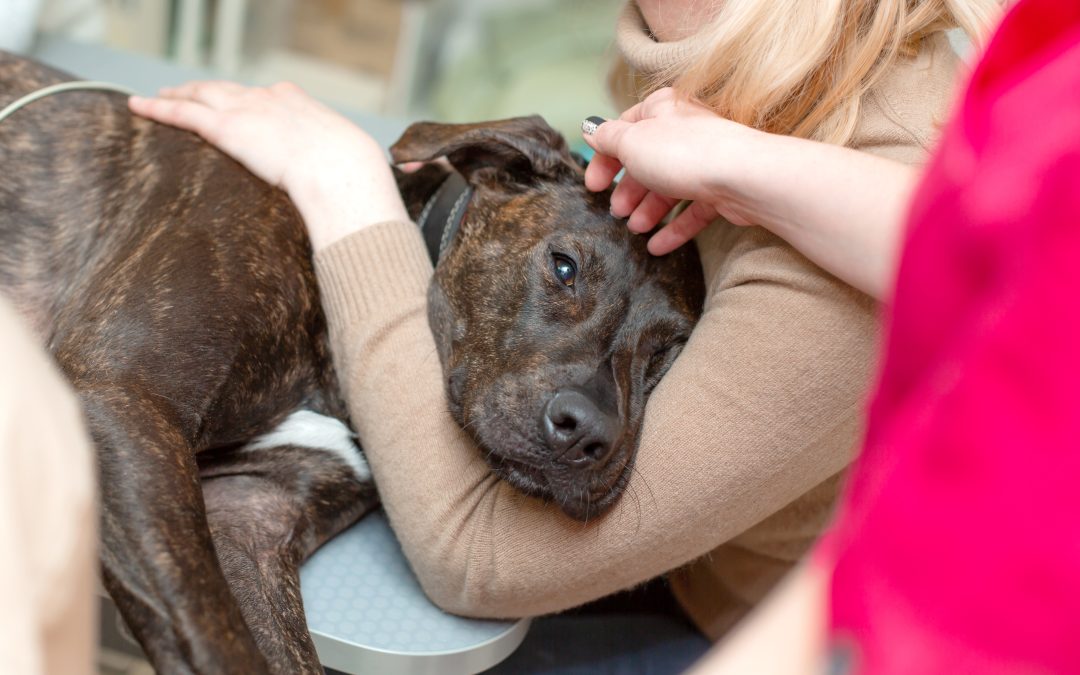
PODCAST – AI-Driven Teleradiology
Join the clever minds behind the Veterinary Innovation Podcast – Shawn Wilkie, CEO of Talkatoo, and Dr. Ivan Zak, CEO of Veterinary Integration Solutions – as they sit down with our own Dr. Seth Wallack, DACVR, founder and CEO of Vetology to explore the integration of artificial intelligence and teleconsulting in radiology.
In this episode, they discuss AI-driven teleradiology, which helps veterinarians receive faster preliminary reports, streamlines decision-making, and boosts radiologists’ efficiency.
Dr. Wallack highlights that Vetology’s AI assists by providing initial insights and supporting veterinarians without replacing their clinical judgment or changing existing workflows. Veterinarians can use these AI-generated reports to make informed treatment decisions or request further consultation from a radiologist.
Topics Covered in the Conversation
- AI-Enhanced Teleradiology
- Quality Control and Workflow Integration
- Upcoming Innovations
More from this podcast and Episode: Click to read more






